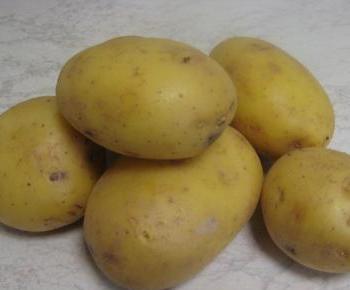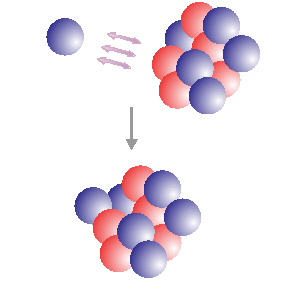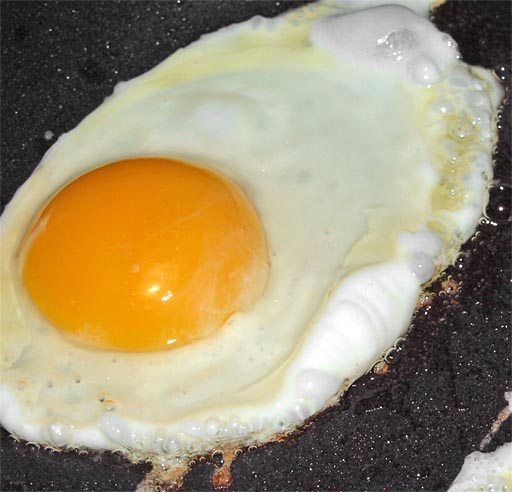§ Element: a susbtance that cannot be broken down any further into anything simpler.
§ Atom: the smallest particle of an element that has same chemical properties as the elements.
§ Nucleus: an atom’s dense center where most of its mass it.
§ Electron: a negatively charged particle that moves around an atom’s nucleus.
§ Proton: a positively charged particle inside an atom’s nucleus.
§ Neutron: a particle with no charge inside an atom’s nucleus.
§ Atomic number: the number of protons in am atom.
§ Metal: any of a group of elements that conduct heat and electricity, is shiny and bendable.




 Salt water great concentration of salt. Less concentration of salt water molecules inside the potato.
Salt water great concentration of salt. Less concentration of salt water molecules inside the potato. Equal Concentration H2O.
Equal Concentration H2O.






















